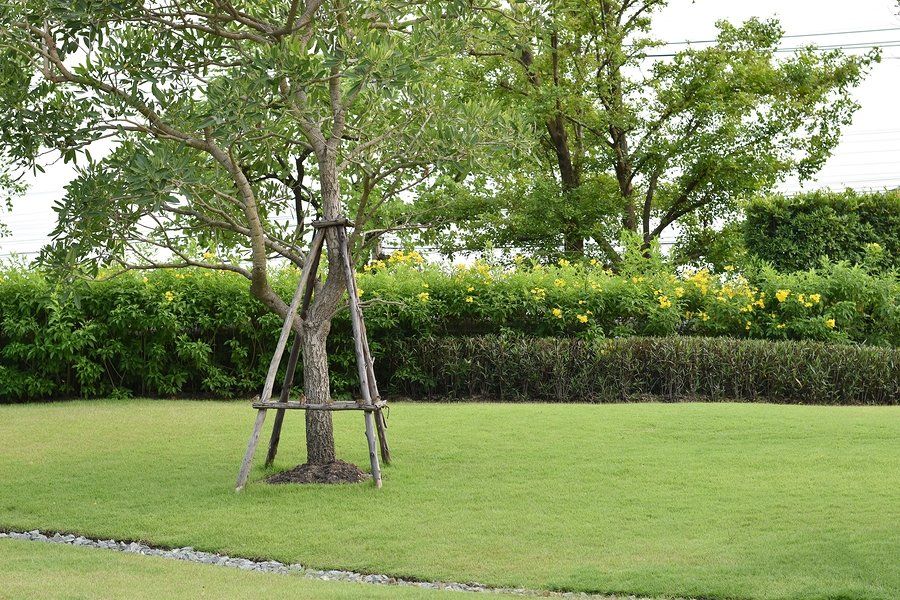Cabling and Bracing
A tree is one of nature’s greatest gifts. Apart from the beautiful aesthetic trees provide for an area, they provide oxygen for the environment. Looking after these gifts is of utmost importance. Although trees can grow without human intervention, some trees may need intervention to protect them from breaking or cracking and assist them in reaching their full potential. Cabling or bracing compromised trees does not just protect the tree but also protects those around it by preventing breakages.
What are Cabling and Bracing?
Cabling and bracing are done by installing rigid bracing rods to support weak or leaning branches and assist in stress redistribution. The purpose of this is to protect the structural integrity of your trees. Cabling can also hold lower hanging branches out of the way when posing as an obstruction to a pathway or road, especially when the option to remove the branches is not viable.
Cabling and Bracing materials
The hardware used for cabling and bracing is exposed to harsh elements, which will make the hardware susceptible to deterioration. Once the cabling or bracing has been installed, inspections are conducted to ensure this is not happening. A trained professional will assist with the assessment, installation, and frequent inspection of the cables to ensure that it is repaired and replaced when deterioration or movement occurs.
Benefits of cabling and bracing trees
Cabling or bracing your trees is done for various reasons, but all of the reasons offer a similar result. Trees provide shade for those who want to be outside on a hot sunny day and a home for many precious creatures. Sometimes the trees need our protection and help to maintain their structural integrity. Cabling or bracing your tree not only protects the structural integrity but can also be done for your safety. A tree with a compromised structure can pose a danger to your home and those within it. Bracing or cabling entails a rod being installed between major branches to redistribute the tree’s weight and lessen the load on compromised areas. Bracing is most commonly applied to the tree’s trunk when cracks are present. Cabling or bracing is the best option if your tree is weakened due to external factors or too big to distribute the weight evenly.
Reasons a tree may need Cabling or Bracing
As we know, cabling or bracing is done on trees with a compromised structure. There are many reasons this may happen. Certain trees may require cabling or bracing as a preventative measure, as some wood is weaker than others. Trees with a heavier weighted canopy will leave the tree vulnerable to breaking or damage. Cabling or bracing would be used to prevent this.


